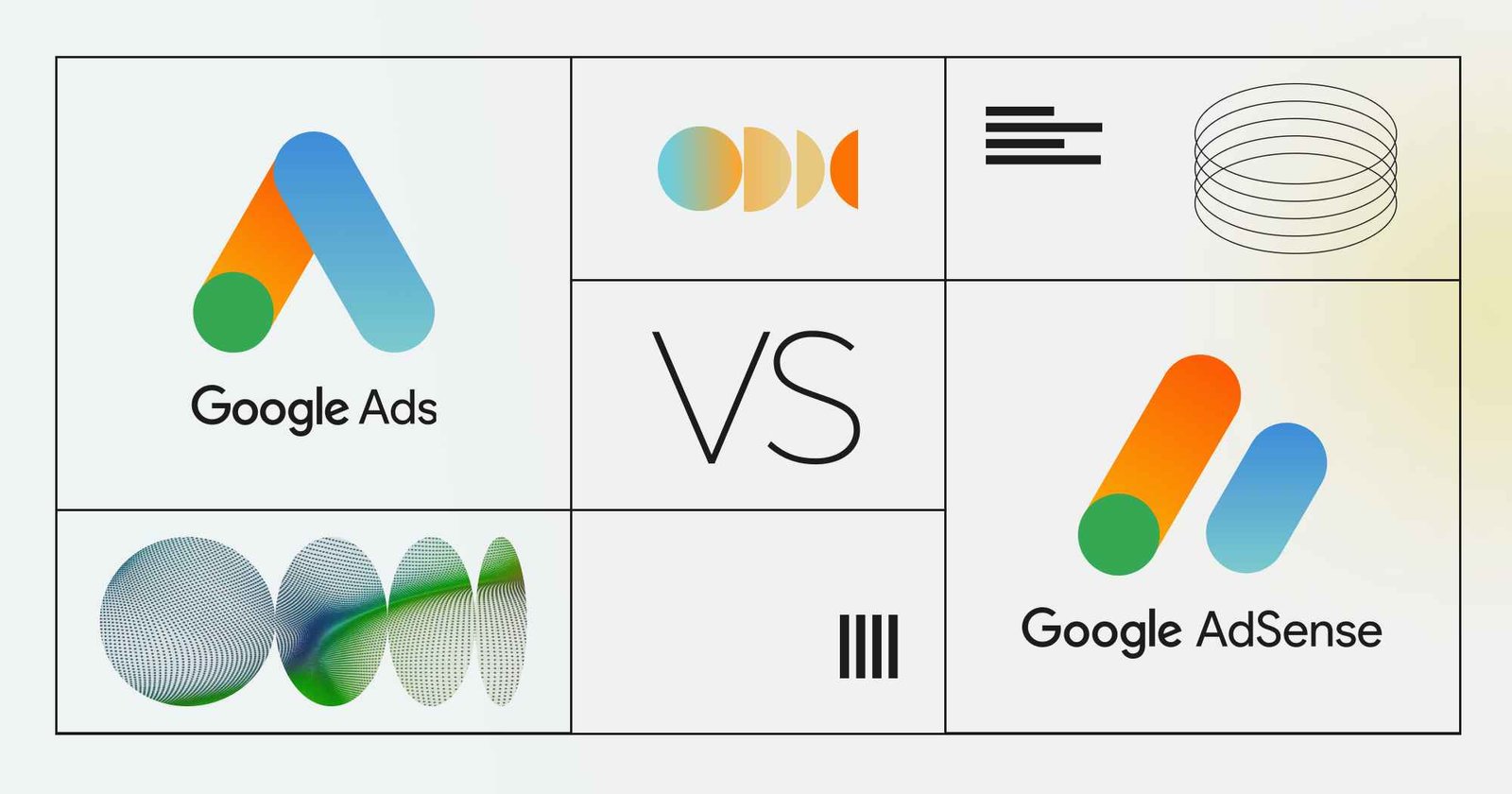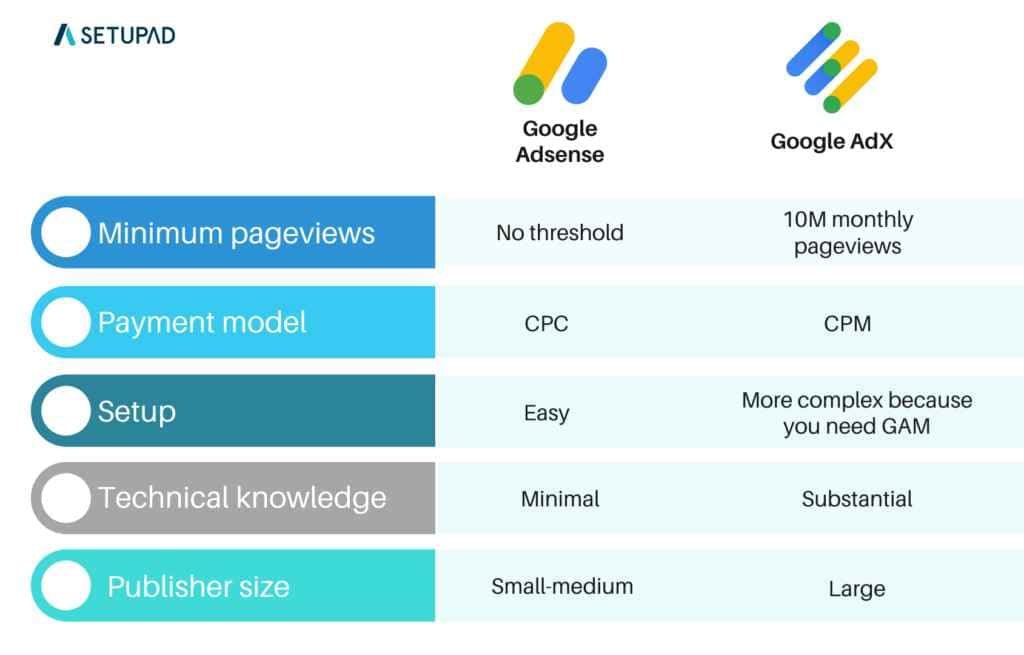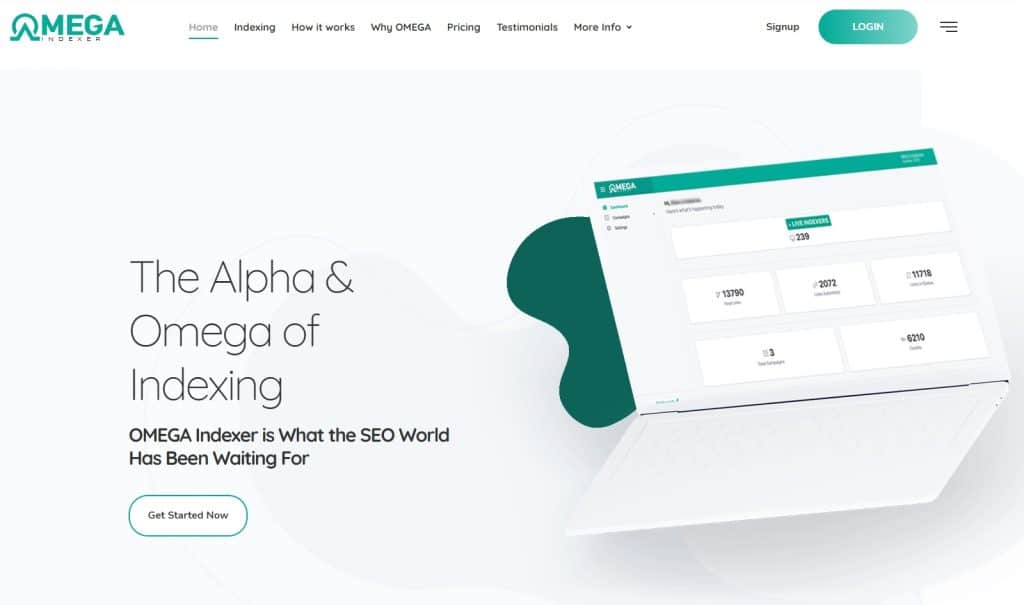As online advertising continues to evolve, marketers have the luxury of choosing from a variety of advertising platforms. Two of the most popular methods are Adsense and programmatic advertising. Both Adsense and programmatic advertising offer unique benefits to advertisers. But which one is better? In this article, we will have an in-depth comparison between Adsense and programmatic advertising to help you decide which method is right for your business. As an expert in the field of digital marketing, I’m excited to share my insights and industry knowledge on the topic. So, let’s dive in!
Comparison Table: Adsense vs. Programmatic Advertising
| Features | Adsense | Programmatic Advertising |
|---|---|---|
Definition | Advertising network owned by Google | Automated technology used to purchase and manage digital advertising |
Ad Targeting | Contextual targeting based on website content | Uses data and algorithms to target specific demographics, interests, and behaviors |
Ad Format | Display and text ads on websites | Various formats including display, video, mobile, native, and audio ads |
Bidding | Manually set bids for ad placement | Real-time bidding based on targeting and performance data |
Inventory | Mostly on publisher websites integrated with Adsense | Access to global inventory from multiple ad exchanges and publishers |
Revenue Split | Publishers receive 68% of the ad revenue | Varies based on programmatic platform and partnership agreements |
Control | Publishers have limited control over ad placements and targeting | Publishers have more control over ad placements, targeting, and optimization tools |
Performance | Lower CPM but higher click-through rates and lower bounce rates | Higher CPM but performance depends on targeting and optimization strategies |

Adsense vs. Programmatic Advertising: Understanding the Benefits
Short Description
Adsense is a display advertising network that enables website owners to monetize their content by showing ads from Google’s ad network. Programmatic advertising is a more advanced automated advertising technology that leverages data-based insights to deliver targeted and personalized ads.
Pros and Cons
Adsense:
- Pros:
- Easy to use and set up
- Access to a large pool of advertisers
- Revenue share program that pays website owners for each click or impression
- Cons:
- Not suitable for all types of websites
- Can be affected by ad blockers or click fraud
- Limited control over ad placement and content
Programmatic Advertising:
- Pros:
- Advanced targeting capabilities based on data and insights
- Real-time bidding that enables optimal ad placement and pricing
- Automation that saves time and reduces manual errors
- Cons:
- Can be complex and requires technical expertise
- Costs may be higher compared to Adsense
- May not be suitable for smaller campaigns or budgets
Key Points and Features
Adsense:
- Ad formats: display, text, link units, matched content, and in-feed ads
- Ad targeting: contextual and interest-based
- Reporting and analytics: basic-level insights on clicks, impressions, and earnings
- Payment model: cost-per-click (CPC) or cost-per-thousand-impressions (CPM)
- Integration with Google Analytics to track website performance and visitor behavior
Programmatic Advertising:
- Ad formats: display, video, native, and social media ads
- Targeting options: behavioral, contextual, location-based, and demographic targeting
- Real-time bidding and automated optimization algorithms
- Data management and audience segmentation tools
- Reporting and analytics: advanced-level insights on ad performance, audience engagement, and conversion rates
Quantitative Measurements and Original Research
According to a study by eMarketer, programmatic advertising spending is expected to reach $81 billion in the US by 2021, accounting for 88% of all display ad spending. In comparison, Google’s AdSense generated $118.11 billion in advertising revenues in 2019, according to Statista.
Additionally, a survey by AdExchanger found that nearly 60% of marketers use programmatic advertising, with the top benefits being better ad targeting (66%), higher return on investment (57%), and increased transparency (54%).
Reasons to Consider or Ignore Each Product
Adsense:
- Consider if you have a website with high traffic and want to monetize your content easily
- Ignore if you have a niche or specialized website that may not have relevant advertisers or if you want more control over the ad placement and content.
Programmatic Advertising:
- Consider if you have a larger budget, need advanced targeting capabilities, and want to optimize your ad performance automatically
- Ignore if you have limited technical expertise, a small budget, or prefer to have more control over the ad placement and targeting.
Suggestions for Potential Users
Adsense:
- Integrate Adsense with Google Analytics to track your website’s performance and identify areas for improvement
- Experiment with different ad formats and positioning to maximize clicks and revenue
- Keep an eye on your traffic and click-through-rates to prevent click fraud and suspicious activity
Programmatic Advertising:
- Work with a trusted programmatic advertising platform or partner with expertise in data management and optimization
- Set clear goals and KPIs for your campaign, and regularly monitor ad performance and conversion rates
- Use audience segmentation and targeting options to deliver personalized and relevant ads to your target audience

Guidelines for Using Adsense vs. Programmatic Advertising: Understanding the Benefits
1. Know the difference between Adsense and Programmatic Advertising
It’s essential to understand the unique functionalities of both Adsense and Programmatic Advertising. Adsense is a program by Google that allows publishers to display Google ads on their websites and earn revenue when users click on ads. On the other hand, programmatic advertising is a technology-driven way of buying and selling ads that use data and real-time bidding to display ads to the right audience at the right time.
2. Determine which platform works best for your website
Before choosing between Adsense and Programmatic Advertising, evaluate your website’s traffic, niche, and audience. Some websites may benefit from using Adsense, while others may generate more revenue with Programmatic Advertising.
3. Test different ad formats and placements
Ad formats and placements can significantly impact the effectiveness of your ads and revenue. Experiment with various ad formats and placements to determine which combination yields the best results.
How To Understand the Difference Between Adsense and Programmatic Advertising?
Adsense is a program that allows website owners to display ads on their site to earn revenue, while Programmatic advertising automates the buying and selling of ad space. Here are the differences between them:
- Adsense is a Google product, while programmatic advertising includes various platforms.
- Adsense selects the ads to display on your site, while programmatic advertising allows advertisers to bid on ad space in real-time.
- Adsense offers revenue based on cost-per-click (CPC), while programmatic advertising supports various bidding models, such as cost-per-mille (CPM) and cost-per-click (CPC).
- With Adsense, you have full control over the ads you display, while programmatic advertising uses automated algorithms to decide which ads are best-suited for your audience.
How To Determine Which Is Better For Your Website Needs?
Choosing between Adsense and programmatic advertising depends on your website’s requirements. Here are a few things to consider:
- Your website traffic and audience demographics can impact the type of ads that will be displayed, making programmatic advertising the best choice for larger publishers with varied audiences.
- With Adsense, you’ll have complete control over the types of ads displayed, making it a better option for smaller publishers or those with a specific niche.
- Consider the ad revenue you’re looking to generate, as programmatic advertising can offer higher revenue with more competition, while Adsense payouts can be lower but more consistent.
How To Maximize Your Earnings with Adsense or Programmatic Advertising?
Here are a few tips to help you maximize your earnings with Adsense or programmatic advertising:
- Focus on creating engaging, quality content to attract a loyal audience.
- Test out various ad placements to determine what works best for your audience and website design.
- Make sure your website is optimized for mobile devices, as more than 50% of internet traffic comes from mobile devices.
- Use Google Analytics to track your website’s performance and optimize your ad placements for the best results.
- Keep track of industry trends and changes to ensure you’re using the latest techniques and technologies to drive traffic and revenue.
How To Ensure Ad Quality And Conversions with Adsense Or Programmatic Advertising?
Ensuring ad quality and conversions is crucial for a successful advertising campaign. Here are some tips to follow:
- Use ad-blockers to filter out low-quality ads and increase engagement and conversions.
- Ensure your ads match your website’s aesthetic to prevent users from feeling bombarded by ads and deter their interest in your content.
- Use A/B Testing to try out different ad designs and calls to action to see what works best for your site and audience.
- Keep track of industry trends and ad policies to make sure you’re implementing the latest design techniques and procedures to optimize your revenue.
- Be transparent about your ad placements, why you’re displaying them on your site, and comply with industry ad regulations and guidelines.
How To Drive Targeted Traffic with Adsense Or Programmatic Advertising?
Both Adsense and programmatic advertising can be great resources to drive targeted traffic to your website, but you’ll need to implement a few techniques:
- Use keyword research and optimization techniques to ensure your website aligns with your target audience’s interests and search terms.
- Ensure your website is optimized for search engines using best Search Engine Optimization (SEO) techniques to drive organic search rankings and traffic.
- Maintain an active social media presence to promote your content and attract a loyal audience.
- Experiment with paid advertising campaigns to boost your website’s reach and engagement, including pay-per-click (PPC) campaigns or social media ads.
- Develop content that resonates specifically with the audience you’re targeting, delivering them a product that meets their specific needs and preferences.
Frequently Asked Questions (FAQs) for Adsense vs. Programmatic Advertising: Understanding the Benefits
1. What is the main difference between Adsense and Programmatic Advertising?
Adsense is an advertising platform developed by Google where website owners can earn money by displaying relevant ads on their website. Programmatic Advertising is an automated process of buying and selling of ad inventory in real-time through software.
2. Which one is better for my website, Adsense or Programmatic Advertising?
The decision depends on your website’s traffic and niche. Adsense is good for sites with low to moderate traffic, while Programmatic Advertising is best suited for sites with higher traffic and ad inventory.
3. How much control do I have over the ads displayed on my website with Adsense and Programmatic Advertising?
Adsense gives website owners some control over the ads displayed on their website, but the selection is limited to the ads available in the Adsense network. Programmatic Advertising, on the other hand, allows website owners to set specific targeting criteria to ensure that the ads displayed align with their website’s content.
4. Which one has a higher potential for revenue generation, Adsense or Programmatic Advertising?
Programmatic Advertising has a higher potential for revenue generation compared to Adsense due to its ability to target specific audiences and real-time bidding for ad inventory.
5. How easy is it to set up Adsense and Programmatic Advertising for my website?
Adsense is relatively easy to set up as all you need to do is sign up for an account, generate ad codes, and insert them into your website. Programmatic Advertising requires more technical expertise and the use of specialized software, which can be challenging for beginners.
Conclusion
After an in-depth analysis of Adsense and programmatic advertising, it is clear that both have unique benefits. Adsense provides targeted ads on a smaller scale while programmatic advertising offers an automated, data-driven approach on a larger scale.
Main Points:
- Adsense is ideal for small publishers who want control over their ads.
- Programmatic advertising uses real-time data to improve ad targeting and reach.
- Adsense gives publishers a percentage of the revenue, while programmatic is transparent in terms of ad pricing and inventory.
- Programmatic advertising is more cost-effective and efficient for large publishers and advertisers.
Although both options have their own strengths, we recommend that publishers choose programmatic advertising due to its automated and data-driven approach. As technology continues to advance, programmatic advertising will become increasingly efficient, making it the better choice in the long run.

One of the Top SEO Consultants In Bangladesh. In 7 years of my career, I have worked with more than 80 brands & uncountable love from my SEO clients. To provide SEO service I have an in-house SEO team.




